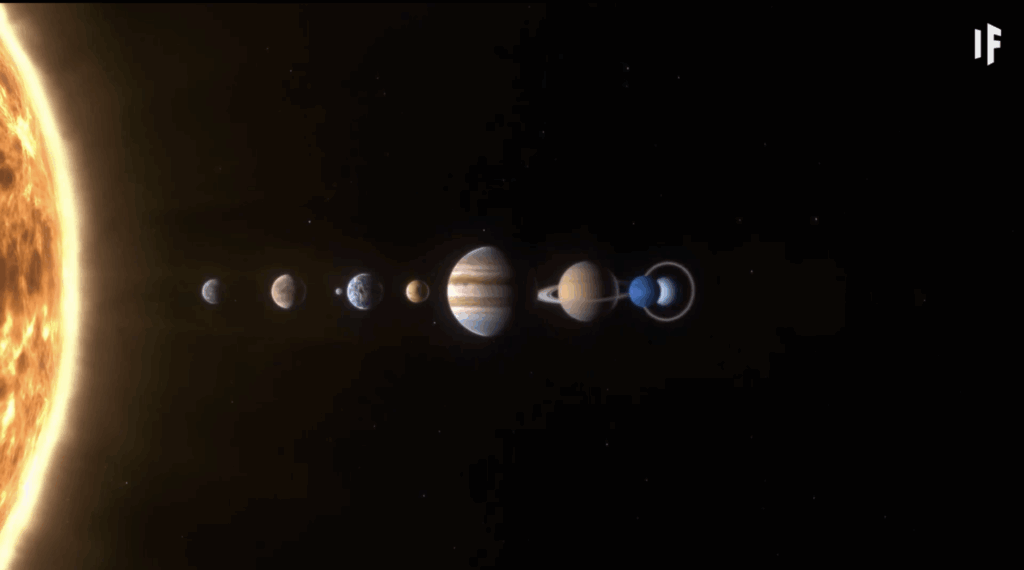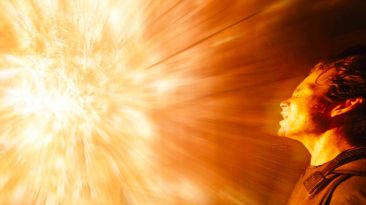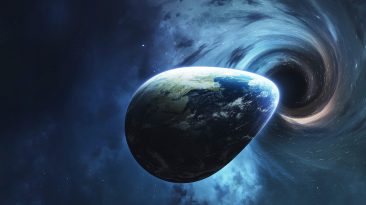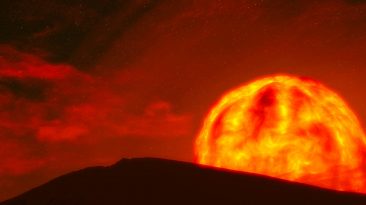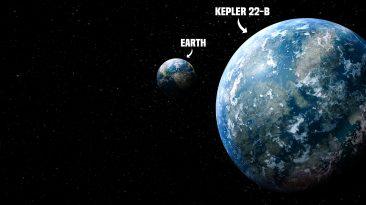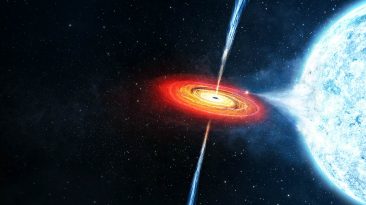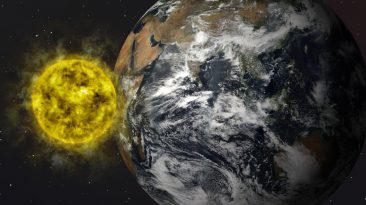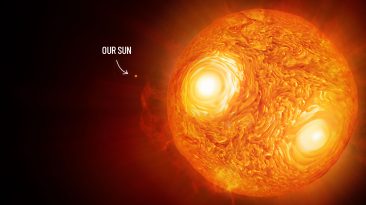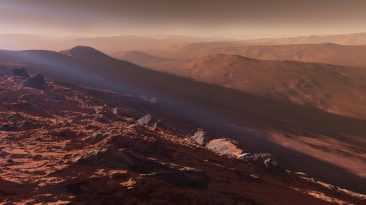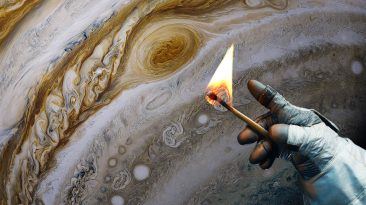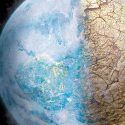A total solar eclipse is one of the most breathtaking spectacles in the universe. While we experience them on Earth roughly every year and a half, these events happen in unique ways across our Solar System. Here are eight fascinating ways solar eclipses unfold on different planets and Pluto.
Each world offers its own version of this celestial event, shaped by moon sizes, distances, and orbital paths. Studying these differences not only reveals stunning visuals but also helps scientists understand the dynamics of planetary systems.
1. Earth
On Earth, a total solar eclipse happens when our Moon moves perfectly between us and the Sun. For a few minutes, sunlight is blocked and day turns to twilight.
Earth shadows the Moon’s path and the sky around us darkens as stars appear in midday. These events are rare and often visible only from remote locations. When they do occur, they draw scientists, photographers, and skywatchers from around the world. It’s a brief, stunning reminder of the cosmic alignment that makes eclipses possible.
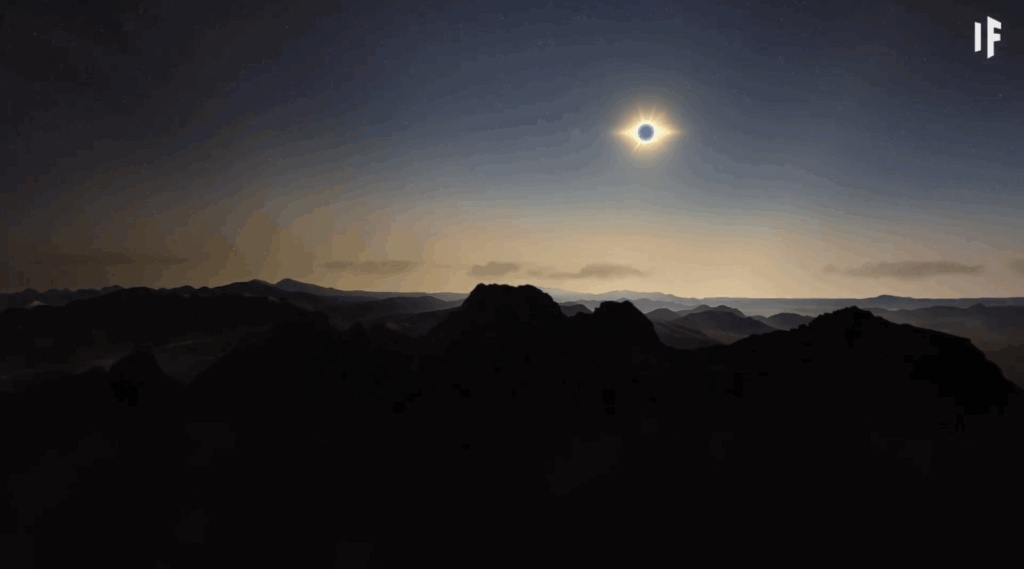
2. Mercury
Mercury has no moon, so eclipses don’t naturally occur. It orbits close to the Sun, and any spacecraft would need to block the Sun’s glare artificially. So Mercury simply watches the Sun go uninterrupted, day after day.
With no atmosphere to scatter light and no satellite to cast a shadow, the sky remains pitch black even under intense sunlight. Any eclipse-like event on Mercury would have to come from a passing spacecraft or asteroid briefly blocking the Sun.
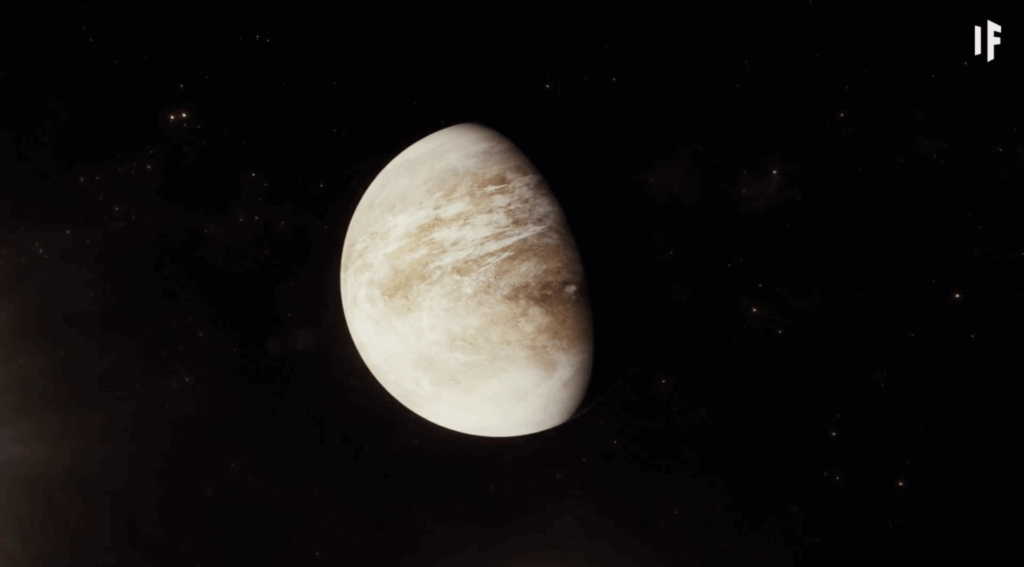
3. Venus
Like Mercury, Venus is moonless. Its dense cloud cover and thick atmosphere already dim the sunlight dramatically, leaving no room for an eclipse. Instead, Venus offers unbroken daylight, albeit dimmed by constant haze and high clouds.
Even if it had a moon, the thick atmosphere would likely block any view of an eclipse from the surface. On Venus, the Sun is always a muted glow behind yellowish clouds, making celestial events nearly invisible. Observing the sky from the surface would feel more like looking through fog than watching open space. The planet’s oppressive skies keep most cosmic events hidden from view.
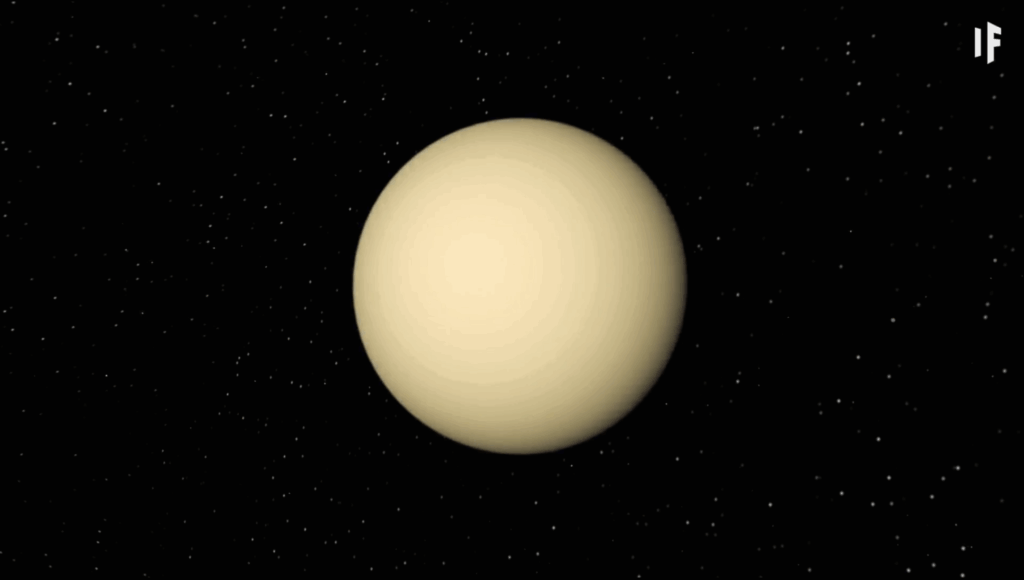
4. Mars
Mars has two tiny moons, Phobos and Deimos. Because they are small, they never fully block the Sun. The result is a partial eclipse that looks like a small bite taken out of the Sun. These events are frequent and brief.
From the moon’s viewpoint, Mars itself eclipses the Sun, creating a full eclipse visible from the moon almost daily. Phobos moves so quickly across the Martian sky that it can create several eclipses in a single day. These fast-moving shadows add a dynamic rhythm to the otherwise still Martian landscape.
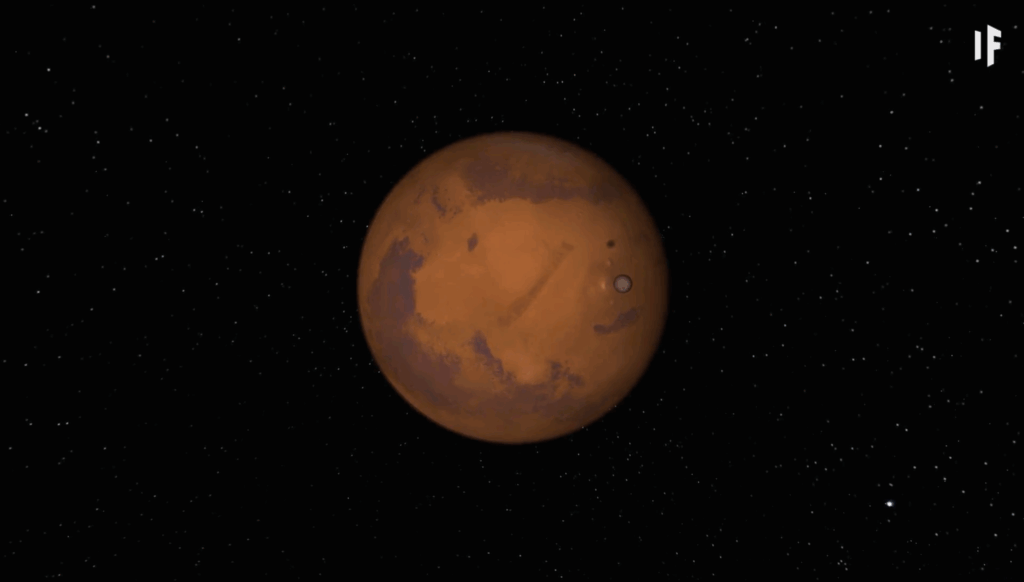
5. Jupiter
Jupiter is home to thousands of moons and orbiting debris. Its four large Galilean moons Io, Europa, Ganymede, and Callisto can all cast complete shadows on the planet. Occasionally, three line up to create a rare triple solar eclipse. These moving shadows appear as dark dots racing across Jupiter’s cloud bands and may last up to thirteen minutes.
Thanks to Jupiter’s fast rotation and the frequent movement of its large moons, these eclipse events are relatively common. For spacecraft observing from above, the sight of multiple shadows sweeping across the giant planet’s swirling atmosphere is both stunning and scientifically valuable.

6. Saturn
With nearly one hundred and fifty moons, Saturn offers a rich eclipse display. Large moons like Titan and Rhea can cast perfect solar eclipses visible from the planet. Observers riding on Saturn’s rings or floating in the atmosphere could see multiple eclipses in a single day depending on seasons and moon orbits.
The shadows from these moons drift slowly across Saturn’s cloud tops, creating dramatic patterns of light and darkness. From Titan’s surface, a solar eclipse by Saturn would appear massive, with the gas giant blocking out the Sun in a truly awe inspiring sight.
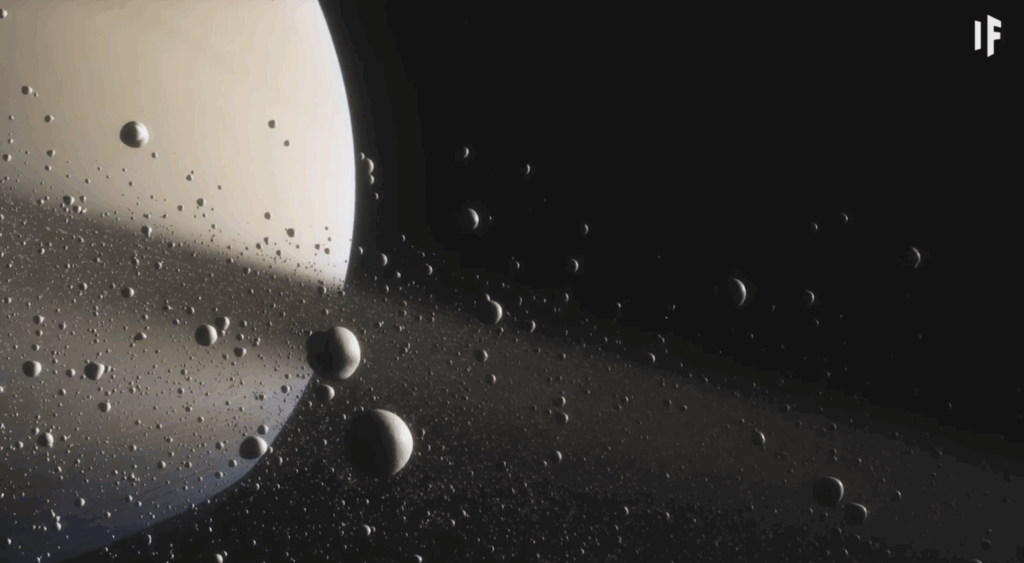
7. Uranus
Uranus has an extreme tilt and rotates on its side. Among its dozens of moons, only a few are large enough to cause a full eclipse. These eclipses are rare and only occur about every forty two years when the planet’s equator aligns with the Sun. Then one of those moons crosses the Sun’s face in an eclipse lasting a brief moment.
Because of Uranus’s sideways orientation, the seasons last decades, making these eclipse windows extremely limited. When they do happen, they offer scientists a rare chance to study the planet’s atmosphere and moons under unique lighting conditions.

8. Neptune and Pluto
Neptune’s distant location means the Sun appears as a faint star in its sky. A solar eclipse there is subtle and quick, often lasting only a few seconds with barely a dimming of light. Pluto though is smaller and has one large moon Charon. Every six and a half Earth days Charon eclipses the Sun for two minutes. Only half the world sees it at a time because Pluto always shows the same face to its moon. A unique celestial dance every 120 years.
These rare and varied eclipses remind us how each world brings its own cosmic view. From moving shadows on giant planets to tiny bites in distant skies eclipses reveal the incredible diversity of our Solar System.
